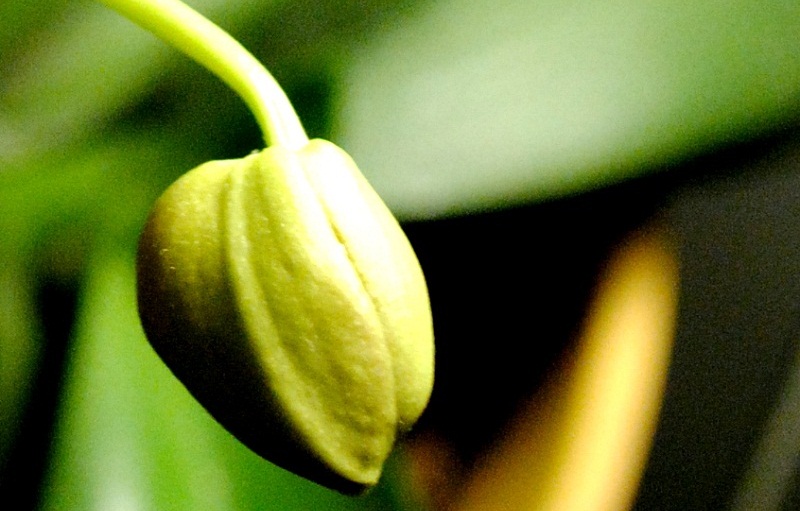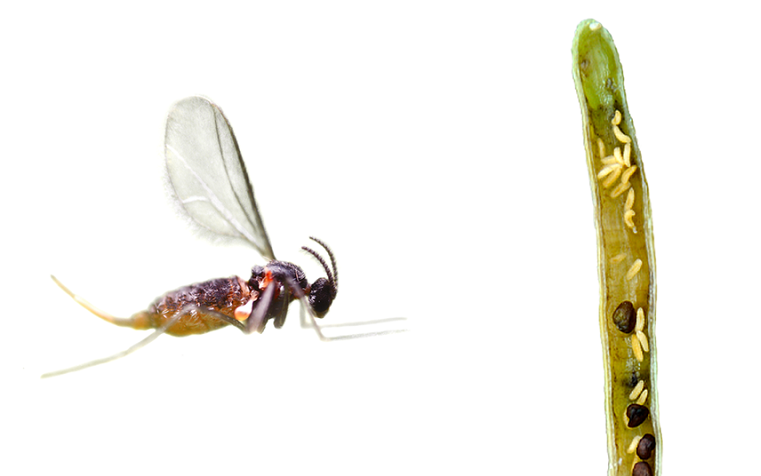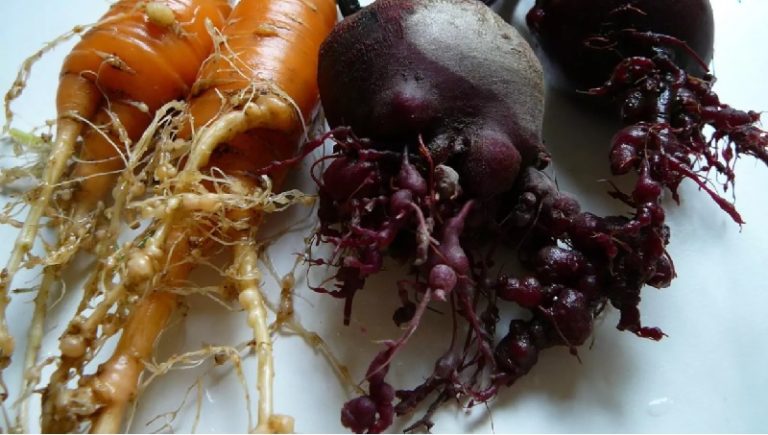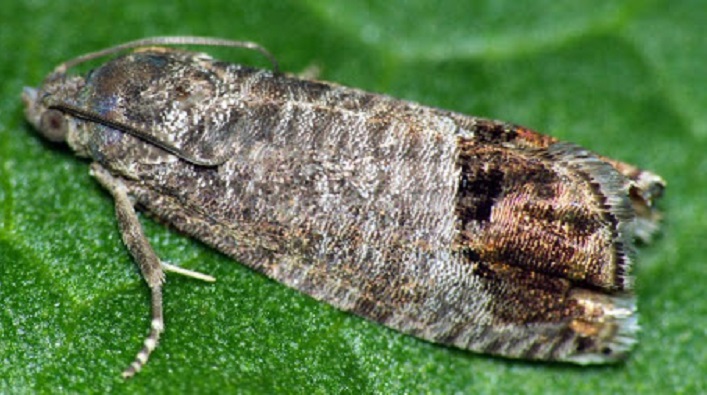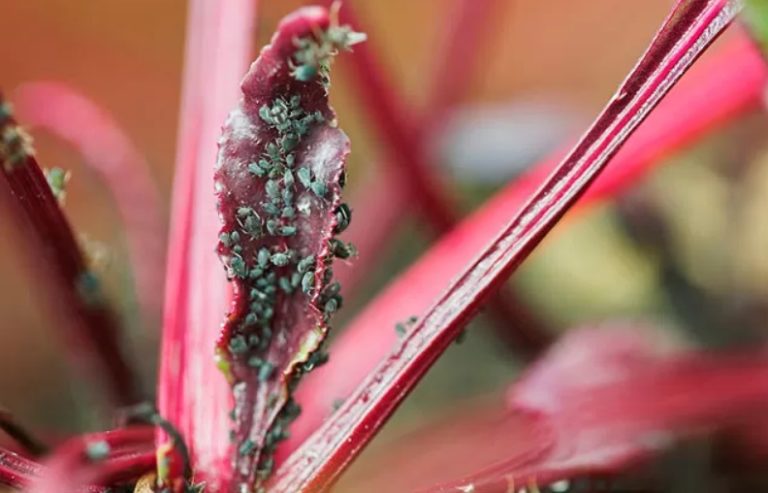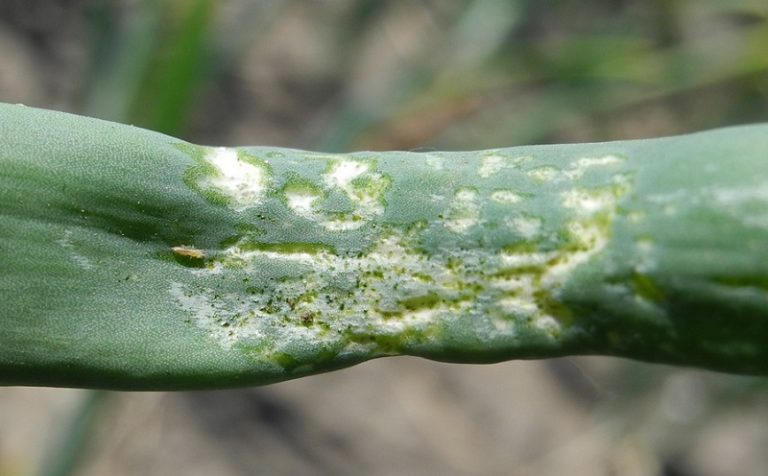Orchid pests, how to deal with them
Indoor plants give beauty and joy, as well as purify and humidify the air in rooms. Where without indoor plants. But, unfortunately, indoor plants can be infested with pests. To save the plant, you need to determine as soon as possible which parasite attacked it. It is especially sad if they are found on delicate and beautiful orchids.
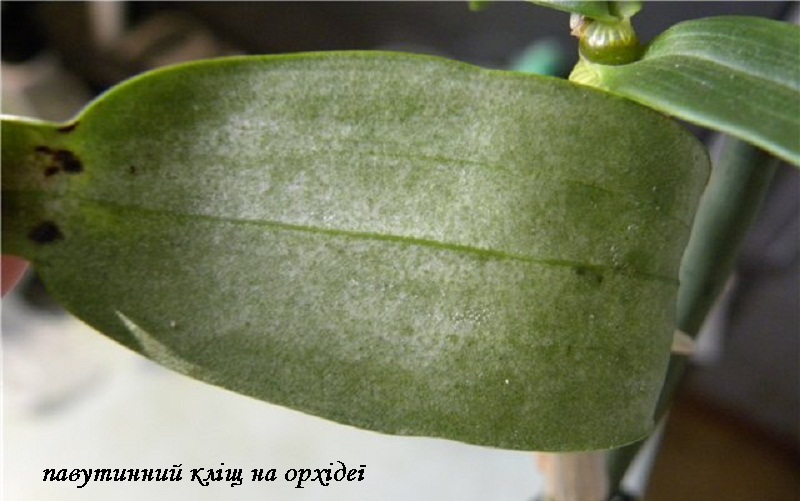
In greenhouses where orchids are grown for sale, pests are destroyed with the help of chemicals. After such treatments, the number of pests decreases, but the likelihood that they will reappear is quite high. The reason for the appearance of the same pests is the stages of insect development.
It is known that insects have several stages of development. The larval stage is very resistant to chemicals. Drugs. The larvae at this stage of development are at rest . We can buy such orchids with larvae in stores and after a while pests will appear on our flowers, out of nowhere. Therefore, be sure to quarantine new purchased flowers. How to do it? They bought an orchid or other flower, brought it into the house. Place the flowerpot away from other flowers so that the plant acclimatizes(accustomed to the new environment), after 5 days treat the plant with chemicals. preparations, if necessary, repeat the treatment, 5 days after the last treatment, the plant can be put in a permanent place.
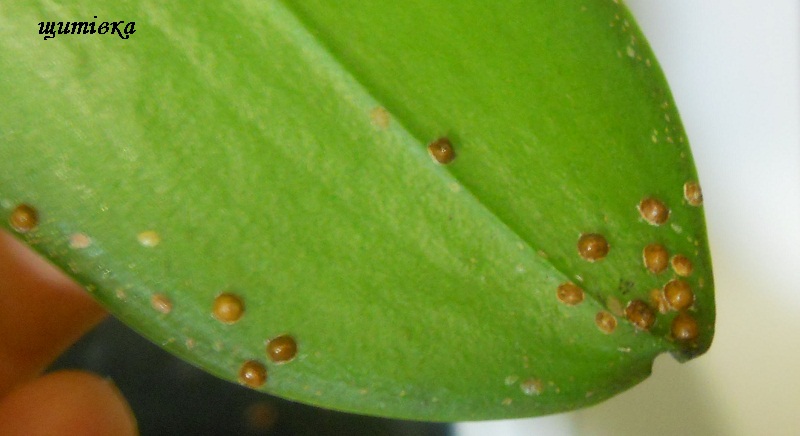
Important: insects harm plants not only by sucking the juice from their soft tissues, but can also be carriers of various diseases.
Read also Orchids – orchid care
As soon as you notice any suspicious depressed spots or droplets on the leaves of orchids, first of all, the plant must be isolated and checked for pests. Our main task at this stage is to identify the pest in order to know how to deal with it.
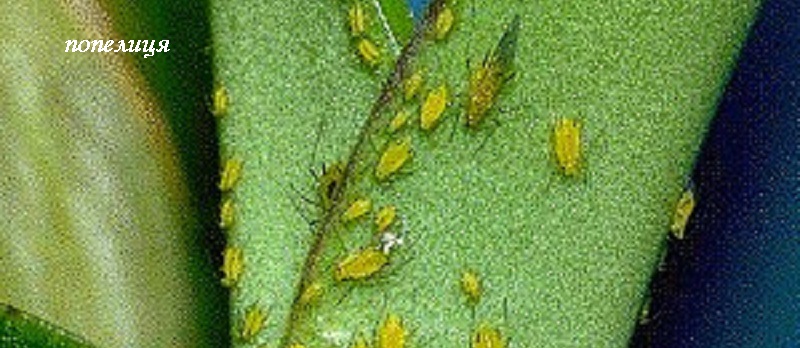
Most often, orchids, like other indoor plants, are damaged by the following pests:
- mealybug and root worm,
- scale insects, aphids, whiteflies, spider mites;
- flat tick
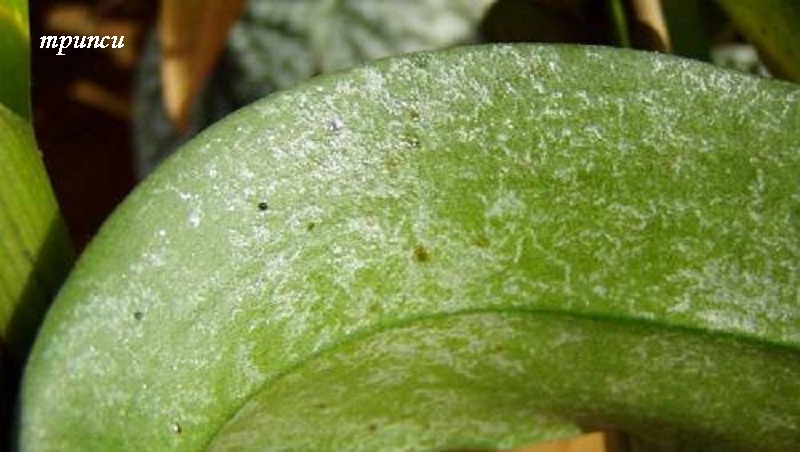
In this article, we will focus on the most common orchid pests, namely: mealybugs, root worms and flat mites.
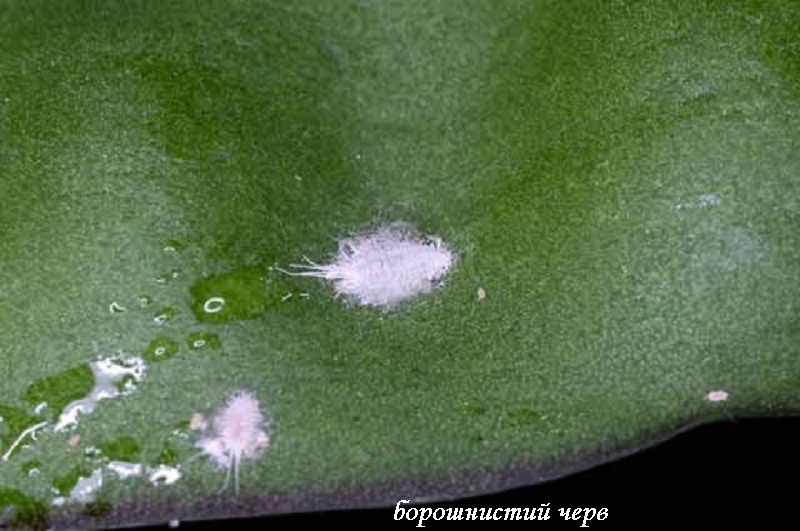
How to protect an orchid from mealybugs
Mealybug – the sucking insect is a close relative of the scale insects. The parasite, 5 mm in size, settles mainly in the recesses of the leaf axils, but can also live around the buds of pedicels or in the orchid flowers themselves. The mealybug larva looks like a light gray fluff, resembling a small piece of cotton wool. The mealybug lays eggs, enveloping them in white threads not only on plants, but also in other places so that the larva can feed on its own.
Damage is caused by vagrant larvae and adults – females, which pierce the leaf film and suck nutrients from the plant. Digestive enzymes secreted by worms enter the leaf during soft tissue bites and negatively affect the metabolism of plants. The infected plant weakens, becomes vulnerable to any other diseases.
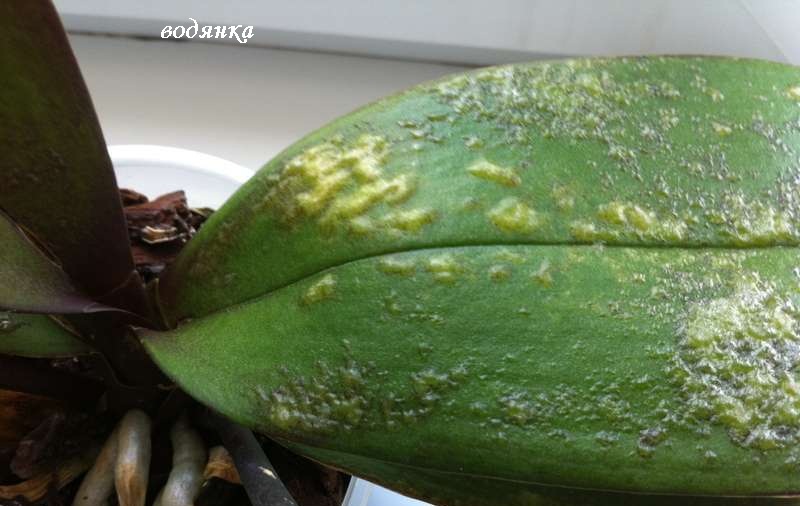
Fighting mealybugs
At the slightest sign of infection, the plant must be isolated. Remove all infected parts, treat all sections with brilliant green. If this is only the initial stage, then try with a soft brush, a cotton swab dipped in soapy water (laundry soap, and preferably green soap), wipe the whole plant (on the leaves above, below in the gaps between the glosses, they especially love to live there, and then spray three times with an interval of 7-10 days with a solution of green soap (10-15 g per 1 liter of water), tobacco infusion, garlic infusion or cyclamen decoction .. The main thing is not one finish, but several … If these measures do not help in the fight against mealybugs, use biological insecticides bitoxibacillin, phytoferm and intavir (they are safe to use), after spraying, wrap the plant in a film for 30 minutes. Also, for greater reliability in treatment against this parasite, you need to transplant an orchid and throw away the substrate (pests can hide there).
Green soap – prevention and treatment of pests. 2 ml of soap per 100 ml of water. We dilute the solution, and wipe the leaves with the solution until slightly moistened and with a moistened brush you need to blot all the gaps between the leaves, also until slightly moistened. Sold in flower shops …
How to protect an orchid from a root worm
Root worms can hide and feed not only on the aerial part, but also hide and live in the substrate, damaging the root system of the plant. Root worms also have a color from light gray to yellowish or even pinkish, oval in shape from 2 to 4 mm long. They settle in soil with good air aeration, feed on the sap of plant roots, most often affecting cacti and succulents.
How to detect a parasite
If the pot is not transparent, then it is quite difficult to notice the pest. But external signs will help us: the plant begins to die abruptly.
Root worm control
From the moment the pest is detected, remove the plant from the pot, rinse the roots from the substrate, remove very damaged parts of the root with a disinfected knife, treat the roots (immersed) with a weak solution of potassium permanganate, burn or throw away the substrate, wash the pot well with soap and treat with boiling water.
For a more reliable disposal of this parasite, you need to pour a dry insecticide into the contaminated soil, the drug reacts after watering (the roots are saturated with poison – the parasite dies).
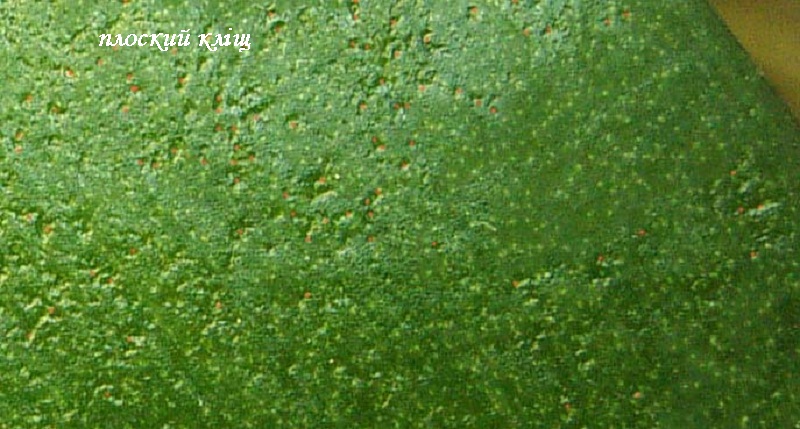
How to protect an orchid from a flat mite
Flat mite is the most inconspicuous sucking pest (but very common), most often found on orchids. The first signs are small punctures on the leaves and silvery color. This pest feeds on plant sap and multiplies quite quickly. During the season, it can infect your entire orchid collection.
- Before processing the orchid, take a hot shower. A hot shower (38 – 39 degrees) will wash away dust, larvae and pests, open pores. When the plant is dry, it is ready for processing.
- Use strong chemicals. Preparations, broad-spectrum acaricides, which are aimed at contact destruction of pests at all stages of development. When using chemical. drugs observe safety precautions.
- To get rid of this pest, treat all plants in the room where the infected plants stood. You also need to process window sills, pots, plates….
- Dissolve the (fresh) drug in water in the right amount.
- Wrap the substrate and the pot in which the plant grows with foil in advance so that the solution does not get on the roots.
- We immerse or spray the plant so that the solution enters all parts of the plant: sinuses, rosettes and growth points…. After 7 days, treat the plant with any fungicide for prevention.
Fighting flat mites
Do the procedure in a well-ventilated area, in compliance with all safety rules.
Tip: If the leaves of the orchid are damaged by diseases, cut off the damaged part, cover the sections with brilliant green, sprinkle all the leaves with cinnamon.
Success!!!

